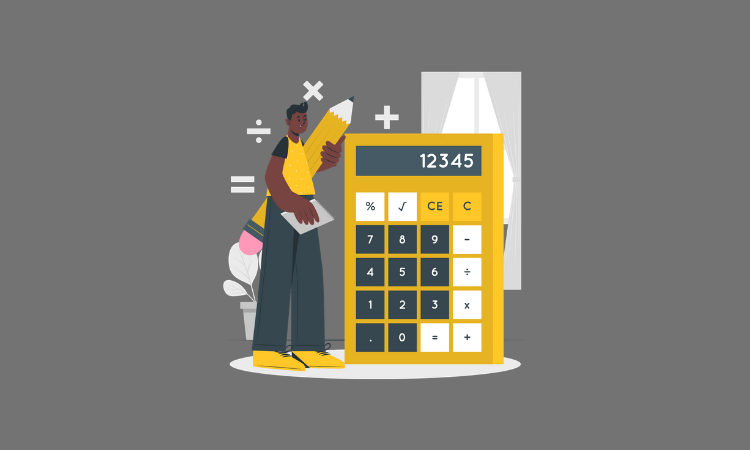Member Exclusive
Tearsheet Outlier Briefing: MBLM’s Rina Plapler on what’s behind the top ranked financial brands
- Rina Plapler is a brand expert and consultant at MBLM.
- She briefs Outlier members on the components of building an intimate financial brand that builds strong relationships.








